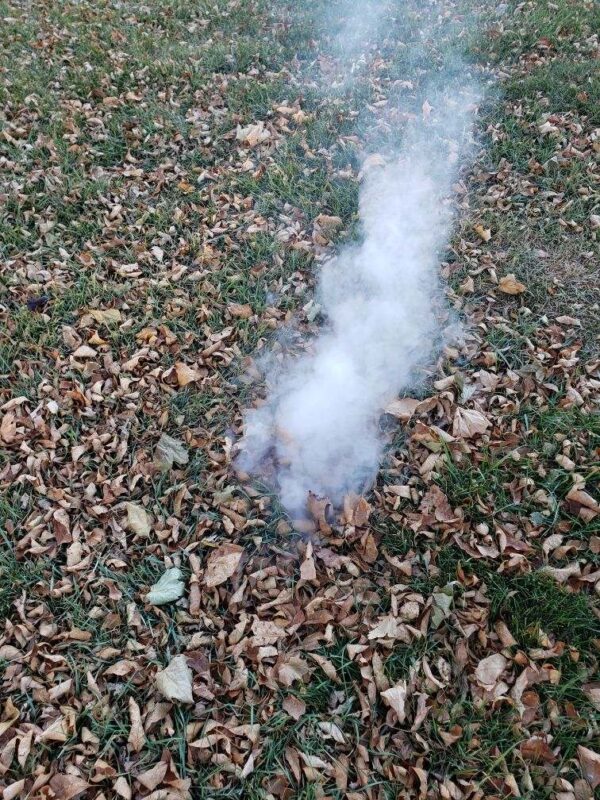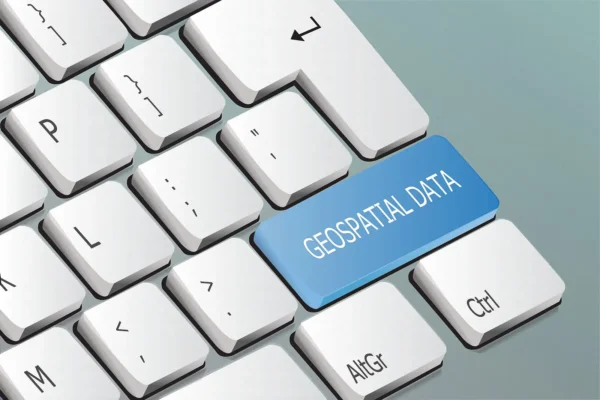
How Smoke Testing Can Help Your Small Wastewater Collection System
Every year as wastewater systems continue to age, thousands of additional gallons of non-wastewater make their way to the treatment facility. Or even worse, actual wastewater leaves the system before being properly treated. As any system ages, it will begin to weaken, and at that point, additional water either enters the system or exits the system prematurely. The two main sources of additional water in the system are infiltration and inflow. Infiltration is when water enters the system via broken or worn infrastructure such as cracks in manholes, broken pipes, cleanouts, or missing cap covers. Inflow is when water is deliberately and illegally introduced into the system via sump pumps hooked into the system or roof gutters hooked into the system. We will explore how smoke testing can locate both of these problems and correct them.
Smoke tests are used on gravity collection systems — those that use the force of gravity to move effluent. When we perform a smoke test, we take a large gas-powered fan and place it over an opened manhole. The fan pushes massive amounts of air into the collection system. Smoke is introduced from the fan via a special smoke candle or a liquid smoke, and travels into the predetermined section being tested (usually only a couple of hundred feet at a time). Rubber plugs are used to seal a section of the system to narrow the test area. Several personnel walk the area being tested, watching for smoke coming out of areas it should not be, like gutters around houses. Personnel take pictures, make notes, and place flags at potential problem areas. It usually only takes 5 to 10 minutes to test these areas. Personnel move to the next section until the entire system has been completed. As a note, this type of testing only works on a gravity system with no pressure. For force main testing, a pressure test will need to be used to determine leaks.
After all on-site testing is completed, all notes and pictures are compiled to prepare a plan of action for the system. Important questions to consider before presenting results to the community include: “What did we find?”, “Do we have lots of inflow?”, “Do we have lots of infiltration?”, “How can the system fix these?”, “Where are the worst areas?”. These questions help drive the solutions that are reported to the system. Then the technical assistance provider works with the system to implement a plan to afford and track repairs or changes. Once these repairs have been completed, it will determine if the fixes have lowered the overall amount of influent (untreated or contaminated water) going to the treatment facility.
Inflow problems we commonly encounter are roof gutter systems dumping into collection systems, basement sump pumps hooked into the system, and construction sites that dewater (infiltration of runoff/silt )the system. Inflow issues need to be corrected through policy, and not direct physical action. Ordinances need to be in place that make it illegal to hook into the system without approval and specify how and when authorized personnel may inspect for illegal connections. Customers also may need to be educated to know what is and what is not allowed, and why it is harmful to the system. The system also may need to take legal action against a customer to disconnect their illegal inflow.
Infiltration can sometimes require more investigating to figure out an exact problem, but almost always takes physical corrective action to remedy the problem. Easy infiltration fixes could involve placing new caps on broken or missing cleanouts, or installing new manhole covers with rubber gaskets. If during smoke testing, a possible line break is identified, a sewer camera may have to be used to determine the exact location and problem with the line. This would require more time and money. Line replacement costs can be noted during the smoke testing, and the system can develop a plan to replace those badly damaged sections first.
Another common problem of infiltration is leaking manholes. The system may need to rehabilitate the inside of the manhole, which can be costly and time-consuming. They may also need to add risers to manholes in low-lying areas to prevent rainwater from seeping in. Again, these are some of the most common issues, but these are not all the possible issues that could arise during a smoke test.
Having a smoke test completed on your system is a great way to gauge the overall health of the collection system, how your system works, and annual problem areas. If a plan is developed from the smoke testing, the system can plan corrective actions through it’s asset management plan. Once the repair plan is implemented, the hope is that the amount of influent to the treatment facility will be lowered, leading to lower operating costs, and less wear and tear on the system overall. Operators should plan to get their system smoke tested this year in order to begin seeing lower operating costs.
This Drop of Knowledge (DOK) was funded through our EPA NPA 2 22 – 24 grant.

The Beginner’s Guide to Geospatial Asset Management
The biggest problem that we’re facing is that nobody knows where all the stuff is. Our current operator has been here for 40 years, and he knows every single meter and dog in the town, but his son is trying to train to take over for him and he can’t figure out where anything is! The kid can’t memorize it fast enough and the dad can’t transport his knowledge into the kid’s head.
The excerpt above is from a conversation that took place between the mayor of a small, rural community, and me during a recent site visit. He went on to talk about the difficulties of retaining employees and training new ones in a town that is already low on eligible workers. This conversation highlights a common problem that many utilities face, which is an older generation of workers who have remained at their jobs for decades and a younger generation who favors transience and pursuing other opportunities. With expansive technology is there a way for small rural communities to solve this issue?
As water and wastewater utilities move toward using technology for digital forms of asset management, it is essential that activities such as smoke testing are recorded electronically for future use. Collecting data on smoke testing and other maintenance and inspection activities can help operators pinpoint common locations that experience leaks or defects. The data can also be used to highlight locations which need repairs and help track repair progress. Without technology, this data would be lost with the experience of the worker who completed it. An inexpensive ($0.99) tool that utility systems can use to begin collecting this data is Solocator. This app can be used as a first step toward a geographic information system (GIS)-based wastewater inventory. It is simply a camera that stamps each of the pictures with GPS coordinates, project names, watermarks, time, date, and other optional information such as bearing and altitude. These photos can then be exported in multiple different formats for sharing or archiving. The geographical data can also be exported to a .CSV format for easy incorporation into your GIS software, such as ArcGIS, later.
Some illustrative steps for using Solocator are included below:
Download the Solocator app.
Adjust the settings to include the desired data.
Add watermarks, descriptions, and/or Project names.
Take photos of the smoke test.
Export your photos to begin a database of locations needing repair..CSV output:
Map output:
Asset Management is an essential part of a water system’s continued growth and is continuously changing as time passes Solocator is one of many affordable tools available to help communities start tracking asset management. Incorporating a sustainable data retrieval plan will help systems accommodate future employees and gain a more expansive understanding of their utilities.
This Drop of Knowledge (DOK) was funded through our EPA NPA 2 22 – 24 grant.